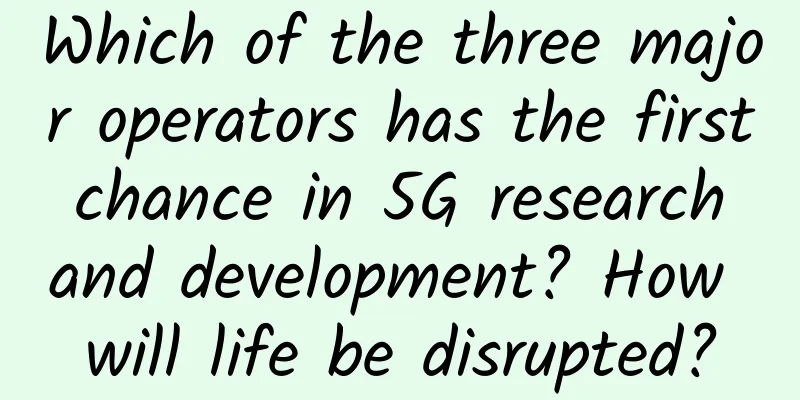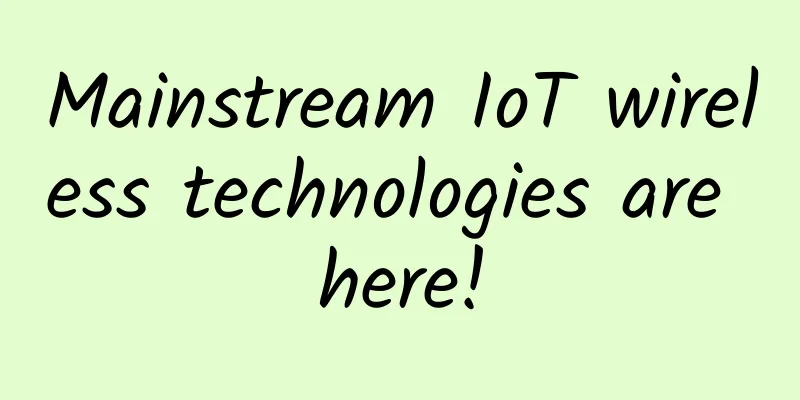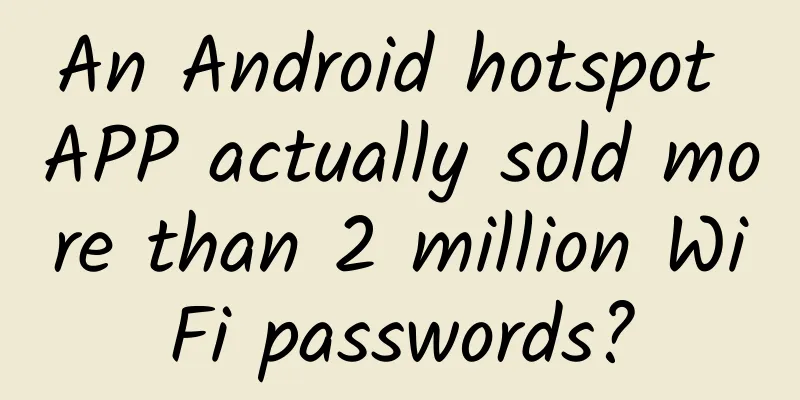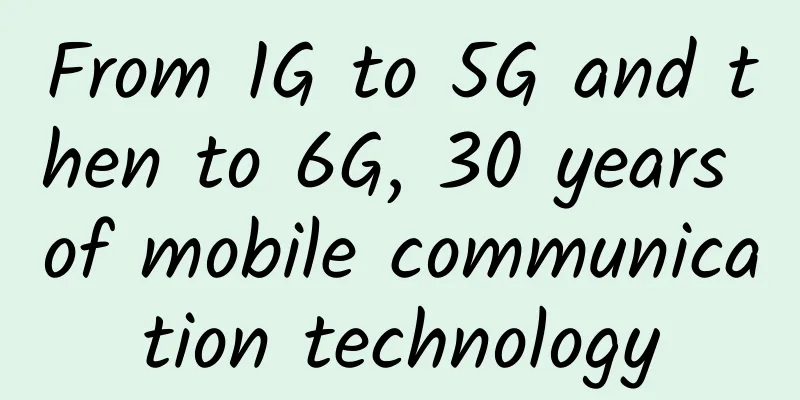Three major development trends of outdoor wireless networks in 2021
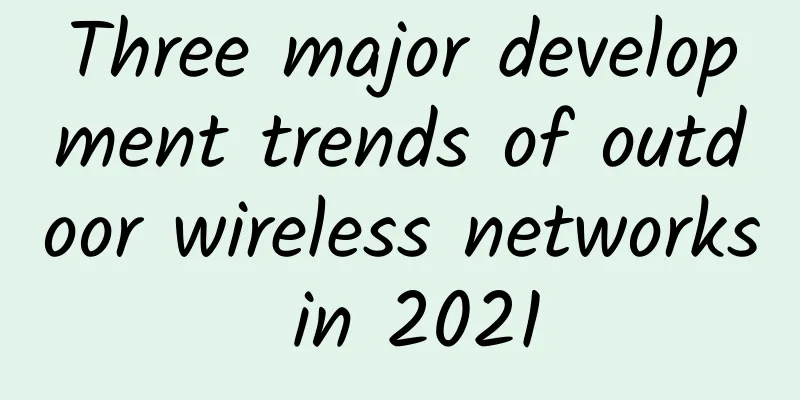
|
As the extraordinary year of 2020 draws to a close, the telecommunications industry is looking forward to building a truly interconnected future where connectivity is ubiquitous and enjoyed by everyone. To achieve this goal, operators will continue to accelerate the launch and expansion of 5G networks around the world in 2021.
At the same time, governments will further clear more spectrum to accommodate more users and data. As open network architectures gain more and more attention and give rise to new generations of products and innovative technologies, the disaggregation of RAN will occur to a certain extent and continue in the next few years. Here are the three major trends we see: 5G & Massive MIMO Although the COVID-19 pandemic and the resulting shutdowns have had some impact on 5G network deployment in some countries and regions around the world, 5G deployment will continue to develop rapidly with the launch of 5G smartphones such as Samsung Galaxy S20 and Apple iPhone 12. In order to support these new devices, operators need to focus on pragmatic 5G network implementation and evaluate in advance which deployments can truly benefit from the bandwidth advantages brought by Massive MIMO (multiple input/multiple output) and the resulting cost, resource and energy requirements. Massive MIMO greatly improves spectral efficiency, providing higher network capacity and more three-dimensional coverage. However, operators will need to determine whether the deployment costs, supporting costs and actual power requirements associated with active Massive MIMO are reasonable, or whether the relatively lower rate but higher performance-cost ratio of passive antennas (8T8R or 4T4R) is sufficient. In fact, it is reported that in some geographical locations, the initial high-order Massive MIMO deployments often need to be shut down for several hours at a time during off-peak hours to save power in order to meet power consumption requirements. From CommScope's perspective, Massive MIMO deployment is best suited for dense urban deployments, while passive antenna solutions are more suitable for suburban deployments. However, even in urban environments, Massive MIMO deployment faces challenges, as different configurations will result in different coverage characteristics. If the solution is not properly selected, high floors in high-rise buildings may not be adequately covered. Therefore, choosing the most suitable antenna technology for each deployment for different application scenarios will become a priority for mobile network operators in 2021. For high data traffic, operators will use 64T64R for dense urban high-rise buildings, 32T32R for urban low-rise buildings, and 8T8R or even 4T4R in suburban areas. At the same time, 32T32R or FWA may also be used in rural areas in some countries. For sites with moderate traffic demand, mobile network operators will deploy 8T8R solutions to fully cover urban low-rise buildings. Clear the spectrum Clearing spectrum to accommodate more users and data is critical to building a truly connected future where connectivity is ubiquitous and accessible to everyone. However, most of the world's low-band and mid-band spectrum has long been used by the military, commercial satellite operators, wireless Internet service providers (WISPs), and other utilities. Reallocating or sharing these spectrum bands for next-generation wireless commercial services typically requires active participation and planning from current users and government regulators, as well as extensive discussions on how to mitigate the impact on existing services. Despite the challenges outlined above, we expect governments to take further aggressive action in 2021 to clear spectrum for 5G and beyond. In the United States, for example, the Federal Communications Commission (FCC) recently completed a Priority Access License (PAL) auction in the 3.5 GHz band and is preparing to begin auctioning 280 MHz of mid-band (C-band) spectrum, making the 3.7-3.98 GHz range of that band available for flexible use (including 5G). Regarding the latter, operators will continue to develop sites in 2021, starting with the use of C-band in urban areas in late 2021 or early 2022. For many suburban areas, mobile network operators and their users will not be able to use C-band until June 2023. In addition to CBRS and C-band, over the next 18 months, the United States plans to make 100 MHz of contiguous mid-band spectrum in the 3450-3550 MHz band available for 5G. In Europe, the European Union (EU) is committed to opening new frequency bands and bandwidths for 5G in all EU countries. The frequency bands include: 700MHz-30MHz, 3.5GHz-400MHz and 26GHz-3GHz. Similarly, some European operators have already used 1800MHz or 2100MHz for 5G under dynamic spectrum sharing (DSS) mode. In the Middle East and Africa, spectrum has been allocated to multiple operators in the C band, including the UAE, Saudi Arabia, Qatar, Oman and South Africa. In China, in order to promote the development of 5G and promote the effective use of radio spectrum resources, the Ministry of Industry and Information Technology issued the "Notice on Adjusting the Frequency Use Plan of the 700MHz Band", which clearly adjusted the frequency use plan of the 702-798MHz band for mobile communication systems, and planned the 703-743/758-798MHz band for mobile communication systems in frequency division duplex (FDD) working mode. Subsequently, China Mobile and China Radio and Television also signed a 5G network co-construction and sharing cooperation framework agreement in May. According to the plan, China Mobile and China Radio and Television will jointly invest in the construction of the 700MHz 5G wireless network in a 1:1 ratio, and jointly own and have the right to use the 700MHz 5G wireless network assets. Spectrum clearing for 5G and beyond is underway, a common trend around the world that we expect to accelerate in 2021. Open RAN interface In 2021, the development of open RAN interfaces will gain widespread attention and will give rise to a new generation of products and innovative technologies. This is because open RAN supports truly open and interoperable interfaces within and between the various subcomponents of the RAN, including radio frequency, hardware or baseband units, and software. This model promotes innovation by encouraging suppliers at all levels of the supply chain ecosystem to expand their business and develop technologies through open interface opportunities, while reducing capital costs and over-dependence on a single supplier through open interfaces and commodity hardware platforms. Joe Madden, chief analyst at Mobile Experts, said that almost all major wireless access operators have begun to pay attention to open RAN interfaces to varying degrees, and he expects this to become the "best solution" to solve the coverage problem. As Madden pointed out, Open RAN hardware and software prices (costs) are lower while achieving similar wireless coverage as traditional architectures. Open RAN interfaces offer many new advantages to mobile operators. First, open RAN interfaces can help operators reduce costs through common modularization of commercial off-the-shelf (COTS) processing equipment and RU hardware for baseband units (BBUs). In addition, open RAN interfaces support the separation and commonization of the software portion of (vendor) proprietary hardware systems, which facilitates the creation and rapid deployment of new services and operational solutions. As mentioned above, open RAN interfaces can foster a stronger supply chain ecosystem as more new suppliers enter the market. Therefore, the trend of RAN disaggregation will continue and develop further in 2021 as open RAN interfaces are deployed and gain a lot of attention, further spawning a new generation of products and innovations (such as tighter integration of wireless RF and antennas). In addition, open RAN interfaces will continue to play an important role in accelerating the deployment of 5G infrastructure by enabling extensive interoperability between devices. US operator DISH has decided to use open RAN interfaces for 5G deployment in the United States and has pledged to cover 70% of the population through its 5G network by June 2023. In Japan, Rakuten's 5G network will be based on an open RAN interface architecture, enabling it to mix and match the most appropriate technology for users. At the same time, Vodafone has also confirmed plans to launch open RAN interface pilots in Europe and Africa. The initial pilot is expected to focus on mobile phones and data services for 2G, 3G and 4G, and there will be other Vodafone open RAN interface pilots involving 5G in the future. It is worth mentioning that Vodafone has become the first British mobile operator to enable an open RAN interface site. Chinese operators are also considering using open RAN for small cell sites for indoor coverage to enhance the indoor application effect of 5G, which may start in 2021. Building a better future As 2020 draws to a close, the telecom industry is looking forward to 2021 and building a better future - one where connectivity is truly ubiquitous and accessible to everyone. Although the COVID-19 pandemic has had some impact on the global deployment of 5G networks, 5G deployment will continue to develop rapidly in 2021 as more 5G smartphones and terminals are launched. To support these new devices, mobile network operators need to evaluate which deployments can truly benefit from active Massive MIMO deployment in order to truly focus on the efficient implementation of 5G networks. Governments around the world will clear more spectrum to accommodate more users and data, and the development and deployment of open RAN interfaces will also receive increasing attention, giving rise to a new generation of products and accelerating the promotion and implementation of 5G. |
<<: When will 5G take off and cover more than 1 billion people worldwide by the end of this year?
>>: 5G: A new vision for industrial automation
Recommend
LOCVPS 20% off, Japan VPS/Korea VPS/Hong Kong VPS/US VPS monthly payment starts from 29.6 yuan
LOCVPS is a long-established Chinese hosting comp...
Why can't I access my home computer from work?
The previous article "Why do all our home IP...
A curve shows what stage 5G, autonomous driving, and AI have reached
Recently, Gartner, a world-renowned IT market res...
Introducing social capital to solve the 5G network construction dilemma
Three months after the issuance of 5G licenses, t...
Akamai Report: Financial Services in Asia Pacific and Japan Suffered Over 3.7 Billion Attacks, Remains the Most Attacked Industry
October 11, 2023 – Akamai Technologies, Inc. (NAS...
LOCVPS 20% off, Hong Kong Cloud/Confederation VPS bandwidth upgrades at no additional cost
LOCVPS released the promotion information for Jul...
Healthcare and smart city services will lead 5G IoT adoption
Juniper Research predicts that by 2026, there wil...
Huawei Cloud Solution Selection Competition and Cloud Migration Competition are in hot selection, looking for excellent solutions and talents
[51CTO.com original article] At the beginning of ...
Mid-year review: 10 hottest web startups in 2021
Rising Star If the IT industry has learned anythi...
Linode: Cloud servers in 24 data centers around the world starting at $5/month, new users get $100 for free
It has been a long time since I shared informatio...
Don’t let “soft power” hinder development in the 5G era
The arrival of 5G not only makes the Internet of ...
F5 Cloud Native Keywords: Transformation, Construction, Integration
[51CTO.com original article] Cloud native is one ...
Europe focuses on 6GHz rules, Wi-Fi -7 is still a long way off
European regulators have been facing increasing p...
5G is entering a period of explosive growth, and it is time for millimeter wave to debut
[[433374]] In 2021, the global 5G network constru...
Big and small! The little sister tells you everything about BeautifulSoup
[[427165]] Learn more about BeautifulSoup Scrapin...
